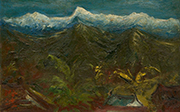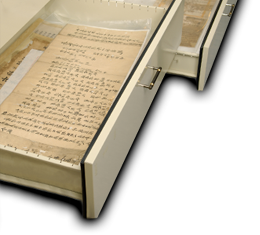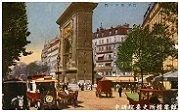
Publication date: Feb 2017 70 years ago, a historic event occurred, marked by fear, blood, tears, and the sound of gunshots in Taiwan. On February 27, 1947, a burst of gunfire in Taipei’s Circle District provoked people’s outrage toward the new government, the Taiwan Provincial Administrative Executive Office. On the next day, anti-government movements occurred in many areas of the island, which led to violent conflicts between police and people. Representatives and leaders in different areas organized mediation committees to negotiate with Commander Chen Yi. They made an appeal for political reform and wanted to collaborate with the government to handle the unstable situation. However, Chen Yi secretly requested that the Nanjing government send troops to suppress the protesters. In the afternoon of March 8, the troops arrived at the Keelung Port and started a brutal suppression campaign from north to south Taiwan. The police and soldiers perpetrated a massacre under the guise of inspecting households. They confiscated weapons and arrested and killed elites and regular people. This slaughter filled the island with absolute horror. Furthermore, before the incident broke out, the Secrets Bureau had already established several divisions in Taiwan. After the incident broke out, the Bureau immediately penetrated, carried out surveillance on, and alienated the mediation committees, exercising influences on local organizations. On May 15, 1947, the first Chairperson of the Taiwan Provincial Government, Wei Tao-ming, arrived in Taiwan and ceased the massacre. However, surveillance and arrests continued in Taiwan under martial law, which was issued by the Kuomintang government in 1949, the year they retreated to Taiwan from China. This period of suppression is known as the “White Terror.” Since its establishment, the Institute of Taiwan History has striven to collect folk papers, including records related to the February 28 Incident and the White Terror. These records are categorized as follows: |
 |



